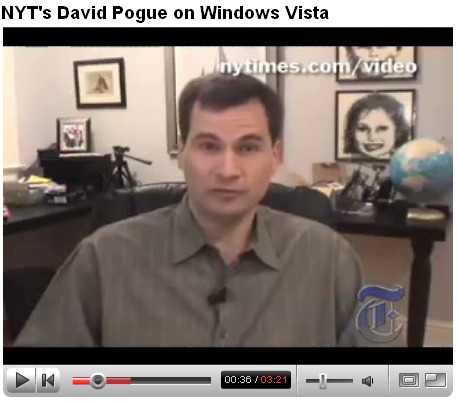
Building a website that communicates with targeted web users is essential to keep your law firm going strong. When a person is in the middle of a legal situation, they don’t want any added frustration. [Read more…]
Originally posted on February 1, 2021 @ 9:29 am
 You see those arrows there, in the Google Adsense ad? They let you browse ads, within the ad, so if you don’t like what you’re seeing you can just go ahead and scroll up and down within the ad. You might or you might not see these ads in the sidebar here, and not all ads get the arrows, but if you’re not then I videotaped it for you, with my two cents on the matter.
You see those arrows there, in the Google Adsense ad? They let you browse ads, within the ad, so if you don’t like what you’re seeing you can just go ahead and scroll up and down within the ad. You might or you might not see these ads in the sidebar here, and not all ads get the arrows, but if you’re not then I videotaped it for you, with my two cents on the matter.

